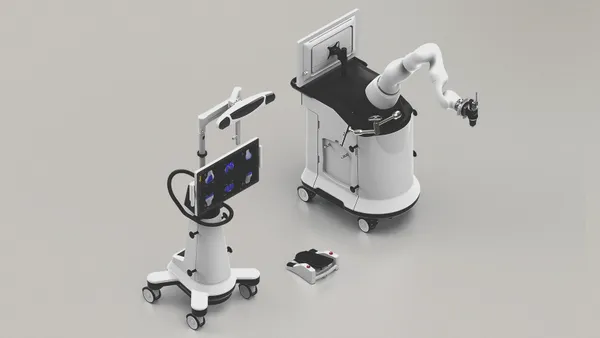Dive Brief:
- The ability to customize open-source, “do-it-yourself” automated insulin delivery (AID) systems may make them more effective at controlling blood glucose than conventional sensor-augmented insulin pumps, according to a study published last month in The New England Journal of Medicine.
- That conclusion is underpinned by the results of a 97-subject clinical trial that found people with Type 1 diabetes who used the AID system spent more time in the target range.
- The AID system consisted of an open-source artificial pancreas that runs on Android devices, a DANA-i insulin pump and a Dexcom G6 continuous glucose monitor.
Dive Insight:
Medtech manufacturers are developing closed-loop artificial pancreas systems, although the pace of progress has lagged the expectations of parts of the diabetes community, leading some people to tackle the challenge themselves. The result is a free, open-source algorithm known as OpenAPS and an associated app for Android mobile devices, AndroidAPS.
To evaluate the technology, researchers in New Zealand randomized 97 patients with Type 1 diabetes, including 48 children, to use the AID system or the Dexcom G6 CGM with high and low glucose alerts and an insulin pump, either the preproduction DANA-i used in the do-it-yourself group or their usual pump.
After 24 weeks, the mean time in target range increased 10 percentage points in the AID group while falling in the control cohort, resulting in a statistically significant 14-percentage-point difference between the two arms. The difference caused the trial to hit its primary endpoint. Patients in the AID group spent 3 hours and 21 minutes more in the target range per day than their counterparts in the control group.
The investigators didn’t record any severe hypoglycemia or diabetic ketoacidosis in either group. Two patients in the AID group, one child and one adult, withdrew from the trial because of connectivity issues and frustration with the trial devices. The authors of the NEJM paper said “hardware malfunction rather than algorithm performance was the main burden on patients in the AID group.”
“Open-source AIDs may be more customizable and more widely available than commercial systems, though these potential benefits should be balanced against possible difficulties configuring open-source systems, lack of regulatory approval, and limited trial data,” a physician not connected to the study wrote in an accompanying editorial.












